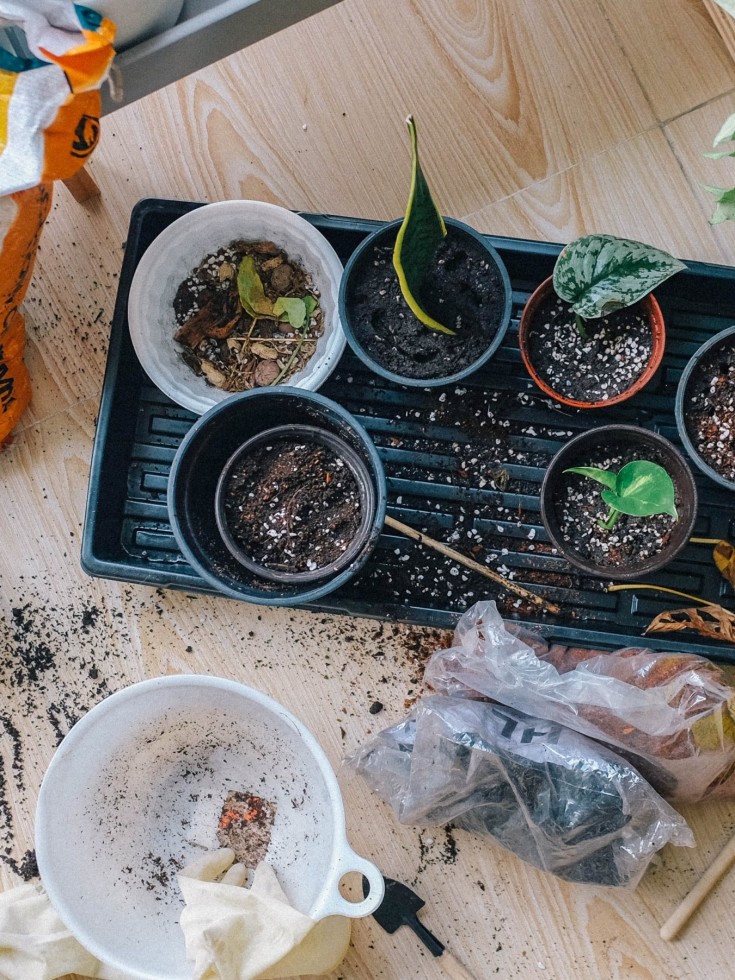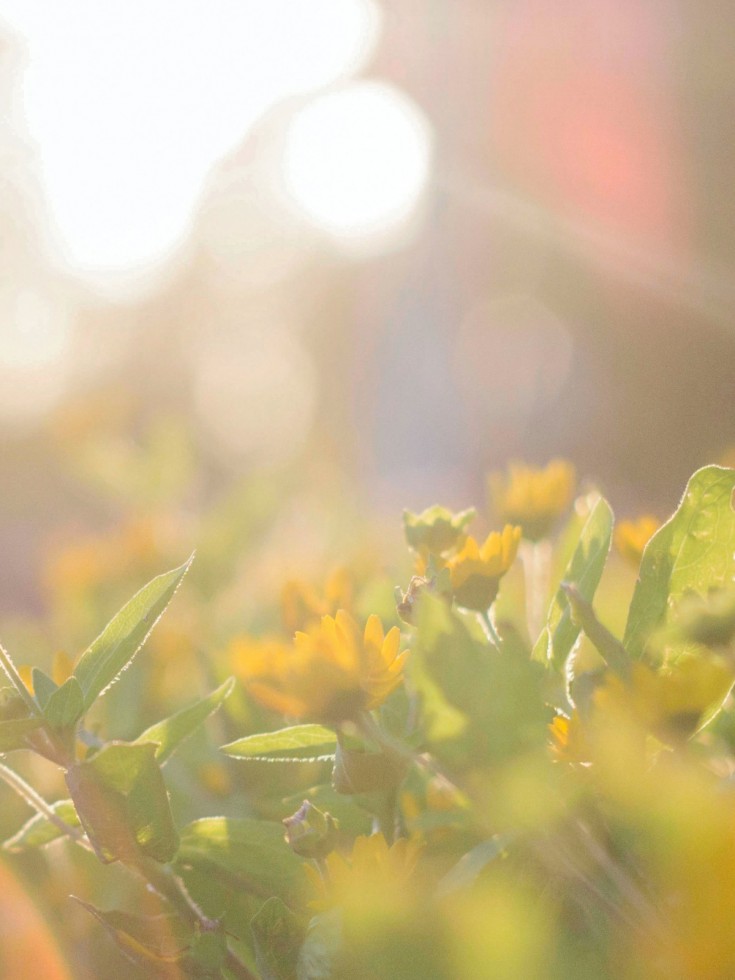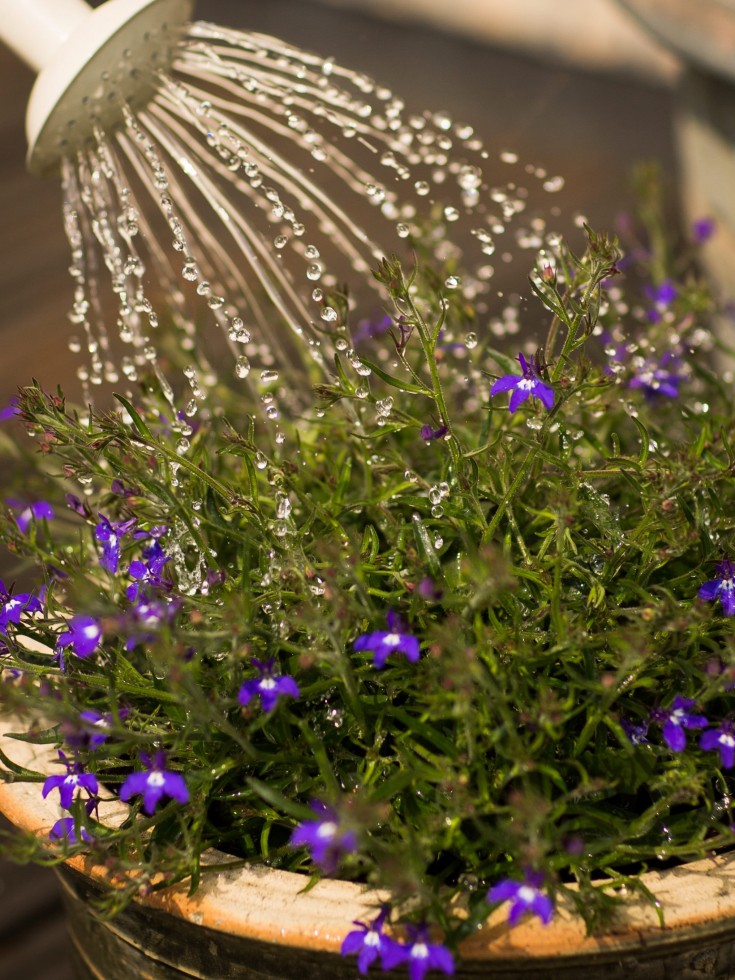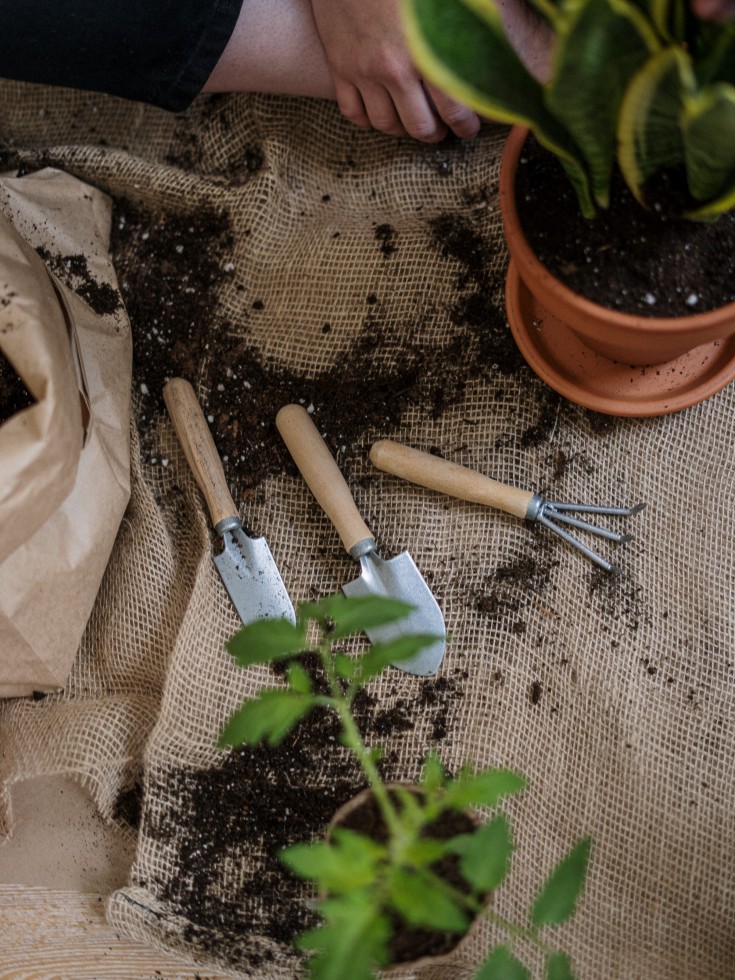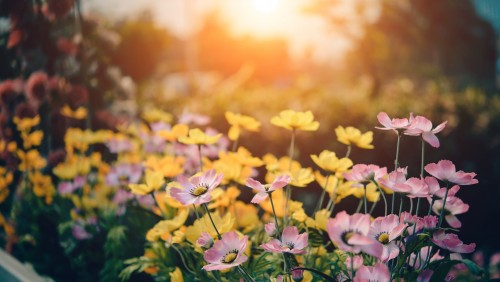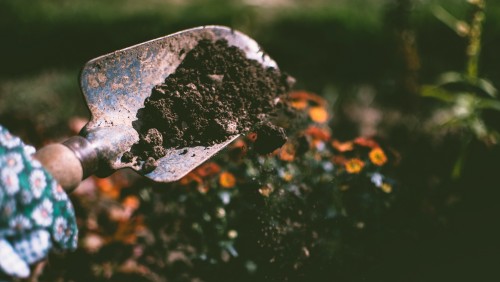A garden of mental wellness is in full bloom at the Sheppard Pratt Schools in Reisterstown and Glyndon.
For more than 10 years, the Glyndon campus greenhouse has served as a hands-on classroom. Through gardening, students learn valuable life skills, such as teamwork, patience, attentiveness, and even the importance of rolling up your sleeves and getting a little dirty.
“Our greenhouse is about 2,400 square feet, and we grow about 40 different kinds of plants,” says Dr. David Malehorn, Work-Based Learning and Community-Based Instructor at Sheppard Pratt School in Reisterstown. “We hope that the students are not afraid to get a little bit dirty and work hard.”
The sentiment is in keeping with Sheppard Pratt Schools in Reisterstown and Glyndon’s work-based learning ideals. High school students with special needs gain real-world job skills by working in restaurants, libraries, retail, and more, both in the local community and at work enclaves on campus. In the greenhouse, students learn gardening, marketing, sales, and cost accounting. They also get to exercise their problem-solving skills when aphids threaten the tomatoes or cabbage worms invade their latest crop.
But it’s not all hard work. They have a great time, too.
Dig In to Feel Better
“The kids love getting sunlight, fresh air, using their hands, and getting exercise. I think all these things help them feel good. We don’t see as many negative behaviors when the kids come to the greenhouse or garden. They’re fully engaged in their tasks,” says Leila Tuazon, a Career and Technical Education Teacher at the school in Reisterstown.
Tuazon is on to something: Researchers have found that horticulture therapy—the use of plants and plant-based activity for the purpose of healing—is a powerful tool that offers robust mental health benefits. According to the American Horticultural Therapy Association (AHTA), “Horticulture therapy helps improve memory, cognitive abilities, task initiation, language skills, and socialization.”
Best of all for Dr. Malehorn, spending time in the garden affords the students a moment to slow down, unplug, and be present.
The Mindful Gardener
“I encourage the kids to think about the plants’ needs. I think that in caring for the plants, there’s a lesson for the students: If you don’t take care of yourself, you’re not nourishing your soul, and you can begin to feel out of balance. We find that a lot of kids today are so wrapped up in their technology,” explains Dr. Malehorn. “We feel it’s important to take time to practice mindfulness and teach them to be present in the moment. For example, we may take a moment to really study a flower. When was the last time you took five minutes to really study every petal and leaf of a flower in great detail? There is so much to observe and appreciate when we slow down.”
How to Make a Great Garden
1) Start small with attainable goals for what you can plant and maintain.
2) Plan what and where you plant based on where the sun shines.
3) Water, watch, wait, and then weed.
4) Enjoy!
5) Adjust your plans for next year based on what did and did not work this year.
More on Horticulture
-
Healing Gardens
In the NewsPublished:Occupational therapist Amy Caslow, OTR/L, explains how gardening can be used as a therapeutic tool and provides some tips on how to get your own garden started in a recent Baltimore’s Child article.
-
Mental Health Moment: Horticulture as Therapy
In the NewsPublished:Elizabeth Haldeman, occupational therapist at The Center for Eating Disorders, shares how gardening can be therapeutic.
